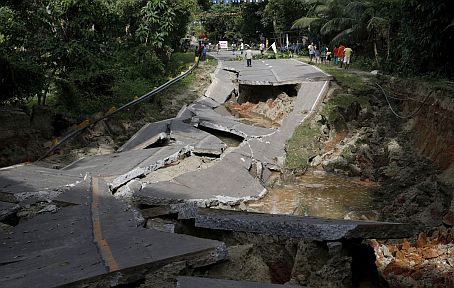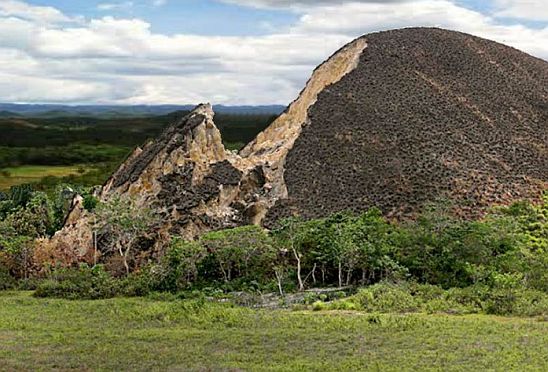Remembering the 2013 Bohol Earthquake: A Testament to Resilience and Recovery

On October 15, 2013, the tranquil morning in Bohol was shattered by a powerful 7.2 magnitude earthquake, the strongest to strike the island in nearly a quarter-century. Centered in the Central Visayas region of the Philippines, this catastrophic event not only shook the ground but also the lives of thousands, marking a significant moment in Bohol’s history.
The earthquake triggered devastating landslides, toppling buildings, and ancient churches, and causing extensive damage across the island. Infrastructure was crippled, homes were destroyed, and historic sites were reduced to rubble. The immediate aftermath was grim: at least 200 people lost their lives, and around 350,000 people were displaced, their lives upended by disaster.
Bohol, known for its picturesque Chocolate Hills and rich cultural heritage, faced a long road to recovery. The impact on the community was profound, with families torn from their homes and a significant hit to the local economy, especially the tourism sector, which is a vital source of income for the region.
However, the response to the disaster highlighted the resilience and solidarity of the Boholanos. Local communities, government agencies, and international aid organizations came together to provide relief and begin the arduous process of rebuilding. Temporary shelters were erected, and programs were initiated to rebuild homes and restore damaged infrastructures.
One of the most heartening aspects of the recovery process has been the focus on building back better. Efforts were made to construct earthquake-resilient buildings and improve local disaster response capabilities. Educational campaigns on disaster preparedness have become more widespread, aiming to equip residents with the knowledge and tools to better withstand future calamities.
Cultural heritage conservation also became a priority, with numerous initiatives launched to restore destroyed churches and other historic structures, preserving Bohol’s cultural identity. The restoration of these sites has been a beacon of hope and a source of pride for locals, symbolizing their ability to reclaim and restore their rich history despite the odds.

Today, while the physical and emotional scars of the earthquake remain, Bohol has emerged stronger and more united. The disaster has taught the community valuable lessons in resilience, preparedness, and the importance of heritage preservation. Visitors to the island can witness a community that has not only rebuilt but has grown closer and more robust in the face of adversity.
The 2013 earthquake will forever be etched in the memory of Boholanos, a reminder of both vulnerability and strength. It serves as a testament to the indomitable spirit of the people of Bohol, who, through resilience and collective effort, continue to rise above challenges, rebuilding their lives and their beloved island with hope and determination for a safer and brighter future.
